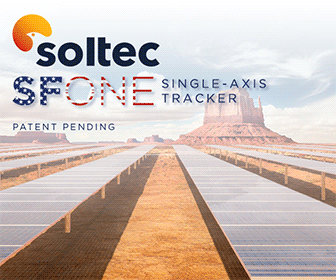The 50 States of Solar Report: 40 States & DC Took Action on Distributed Solar Policy & Rate Design During Q1 2017
The N.C. Clean Energy Technology Center (NCCETC) released its Q1 2017 edition of The 50 States of Solar. The quarterly series provides insights on state regulatory and legislative discussions and actions on distributed solar policy, with a focus on net metering, distributed solar valuation, community solar, residential fixed charges, residential demand and solar charges, third-party ownership, and utility-led rooftop solar programs.
Key Solar Policy Actions in Q1 2017
The report finds that 40 states and the District of Columbia took some type of solar policy action during Q1 2017 (see figure below). Specifically, the report finds that:
· 46 utility requests in 23 states plus D.C. to increase monthly fixed charges or minimum bills on all residential customers by at least 10 percent were pending or decided.
· 21 states considered or enacted changes to net metering policies.
· 14 states plus D.C. formally examined or resolved to examine some element of the value of distributed generation or the costs and benefits of net metering.
· 12 states took policy action on community solar.
· 13 utility requests in 8 states to add new or increase existing charges specific to rooftop solar customers were pending or decided.
· 7 states had policy action on third-party solar ownership laws or regulations.
· 4 states had action on utility-owned rooftop solar policies or programs.
Q1 2017 Policy Action on Net Metering, Rate Design, and Solar Ownership
"2017 is off to a busy start for solar policy and rate design," said Autumn Proudlove, lead author of the report and Manager of Policy Research at NCCETC. "We're continuing to see states take very different approaches to DG compensation, with new designs emerging each quarter."
Utility requests to increase residential fixed charges struggled to find success in Q1 2017, with no utility receiving its full requested increase. Among the 12 cases decided during the first quarter of 2017, utilities were on average granted 19 percent of their requested increases. An additional two requests were withdrawn.
A total of 134 state and utility-level distributed solar policy and rate changes were proposed, pending, or enacted in Q1 2017. The report notes the top five policy developments of Q1 2017 were:
· New York issuing a landmark order beginning the transition to a Value of Distributed Energy Resources tariff;
· Maine adopting a net metering successor tariff, the first of which takes the form of a buy-all, sell-all program;
· Parties filing a settlement agreement in Arizona Public Service's rate case;
· The Indiana legislature advancing a bill that would replace net metering with a buy-all, sell-all program; and
· Utilities in Texas and Massachusetts proposing new demand-based minimum bills for solar customers.
"As distributed solar has become becomes more widespread, the policy discussions in many states have moved on from the old battles about debates over whether and how to encourage solar market development," noted David Sarkisian, Policy Analyst at NCCETC. "Broader discussions are now taking place on the future of electricity generation and how to best incorporate solar energy's value alongside other resources and new and existing infrastructure."
N.C. Clean Energy Technology Center | www.nccleantech.ncsu.edu










.jpg?r=8363)
.jpg?r=1909)
.gif?r=4291)